New Moon Nurseries
Restoration/Conservation
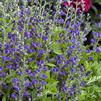
Baptisia australis
Common Name: Blue false indigo
Native to North America
A long lived perennial with spikes of blue pea-shaped flowers, glossy green trifoliate leaves.
[More Info]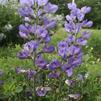
Baptisia minor
Common Name: Dwarf false indigo
A shorter Baptisia, equally wonderful. Flower spikes remain upright, supporting large black summer seed pods. Finer texture leaves of silvery-blue-green. Available in June. NAO
[More Info]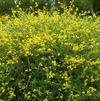
Baptisia tinctoria
Common Name: Yellow wild indigo
Native to North America
FIRST IMPRESSIONS: Baptisia tinctoria is an upright shrubby perennial with fine textured gray-green leaves. In late spring and summer, plants are adorned with many short clusters of bright or creamy yellow pea-shaped flowers. …
[More Info]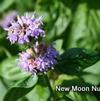
Blephilia ciliata
Common Name: Downy wood mint
Native to North America
Stout central stem has prominent ridges. The top half of the stem is perforated by whorled clusters of white, light pink, or blue flowers. Attracts a wide variety of bees. Most commonly found in open areas. Shared with us by our friend Peter He…
[More Info]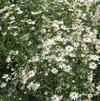
Boltonia asteroides
Common Name: Thousand-flowered aster
Native to North America
Explodes into bloom in late summer, lives up to its common name.
[More Info]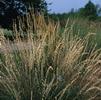
Bouteloua curtipendula
Common Name: Sideoats grama
Native to North America
Bouteloua curtipendula is a petite clump forming perennial grass. In late spring arching culms rise above the wiry bluish-green leaves. The culms are adorned with dangling purple tinted spikes and orange stamens. The…
[More Info]
Bouteloua gracilis
Common Name: Blue Grama
Native to North America
Bouteloua gracilis is a petite clump forming perennial grass. In summer upright culms rise above the wiry bluish-green foliage bearing horizontal green and purple tinged spikes. The unique spikes and seedheads are reminiscent of hovering …
[More Info]